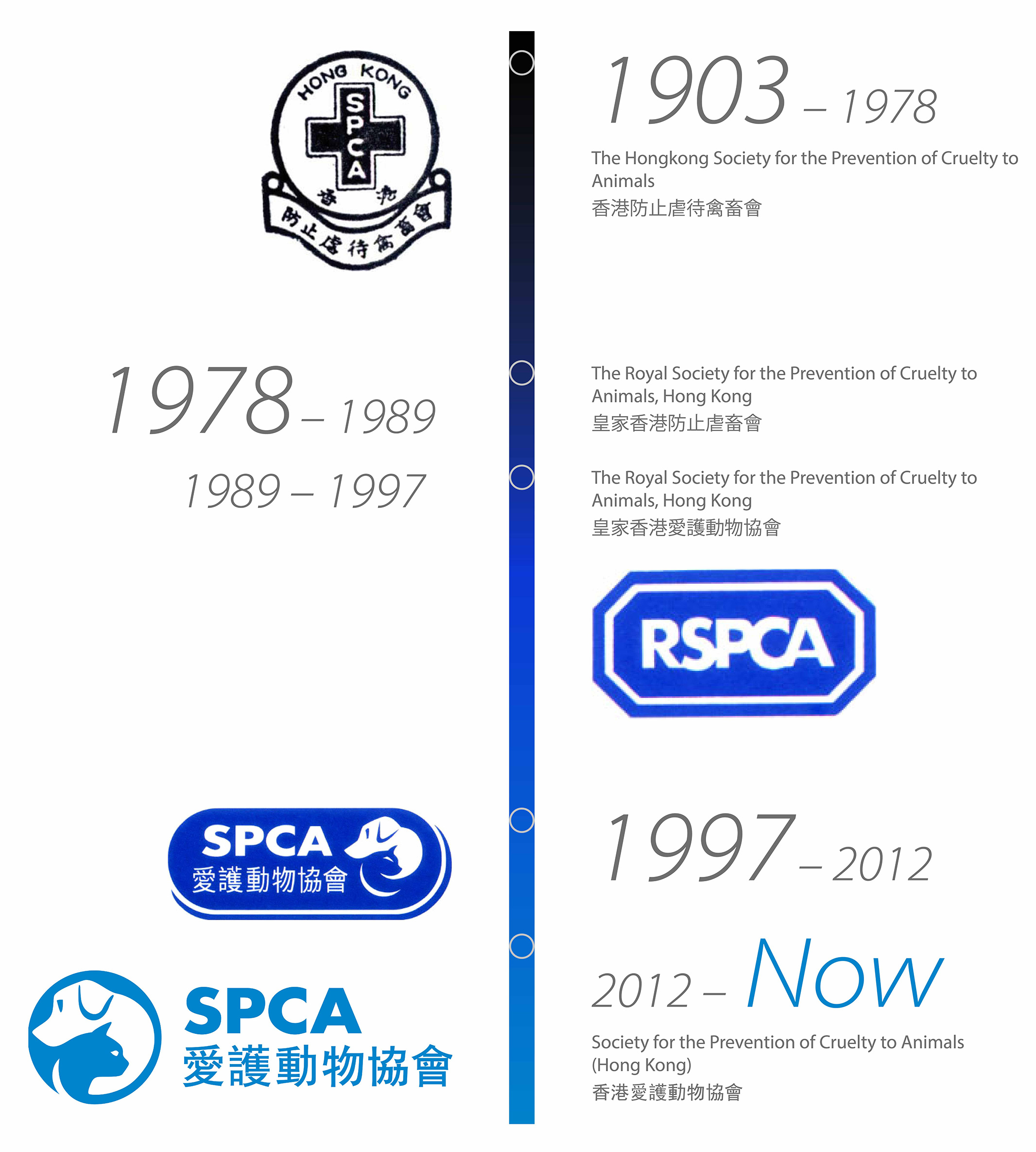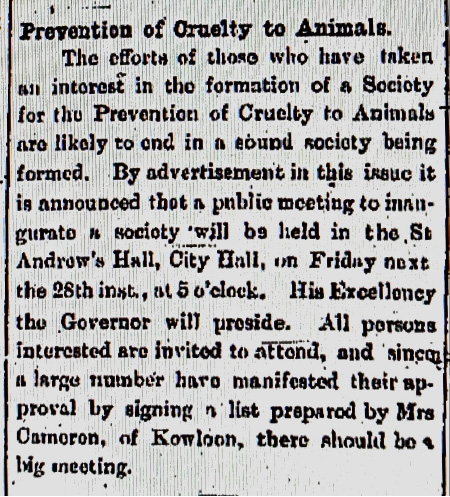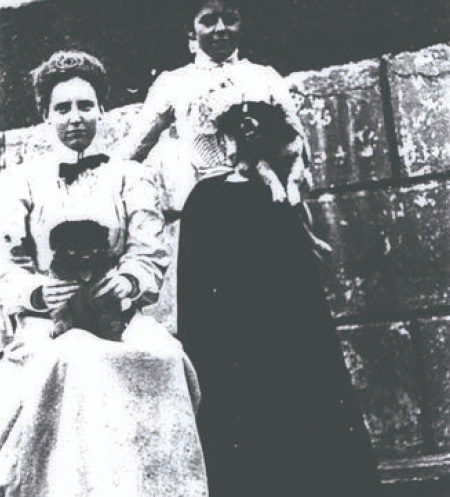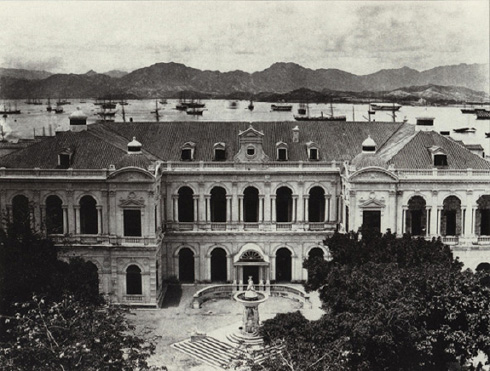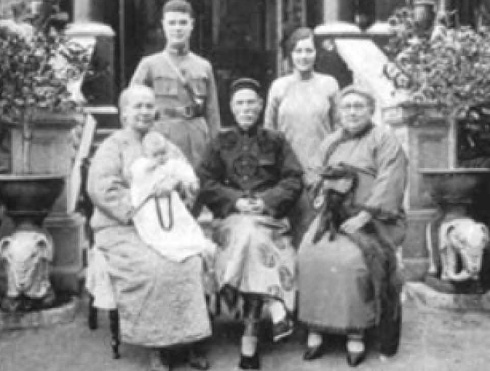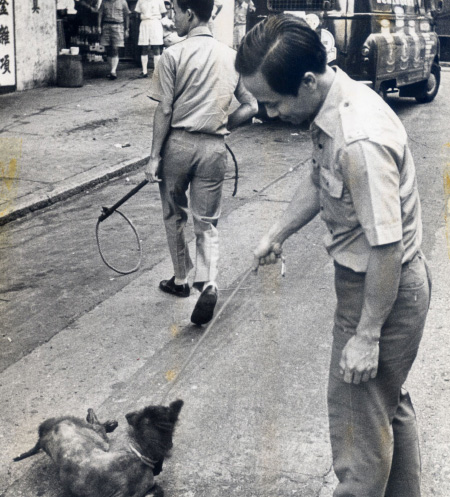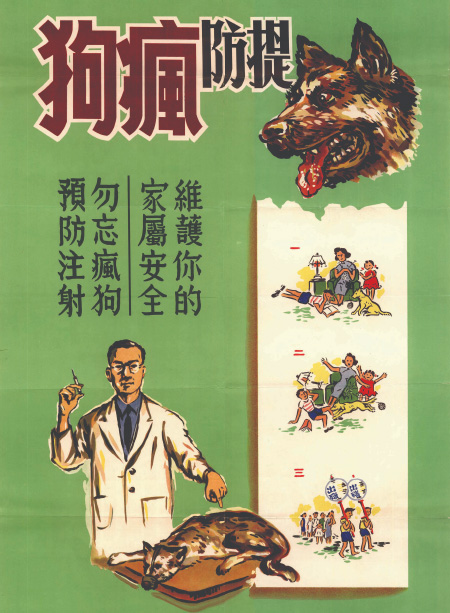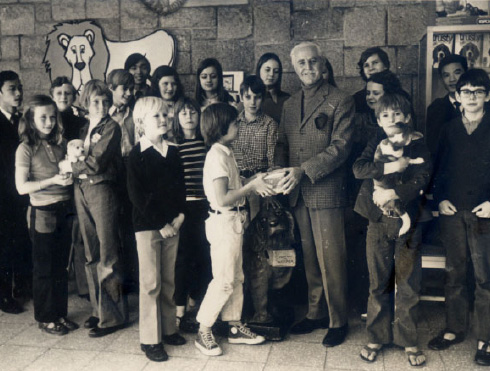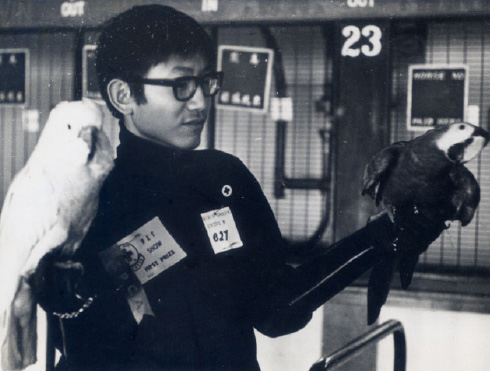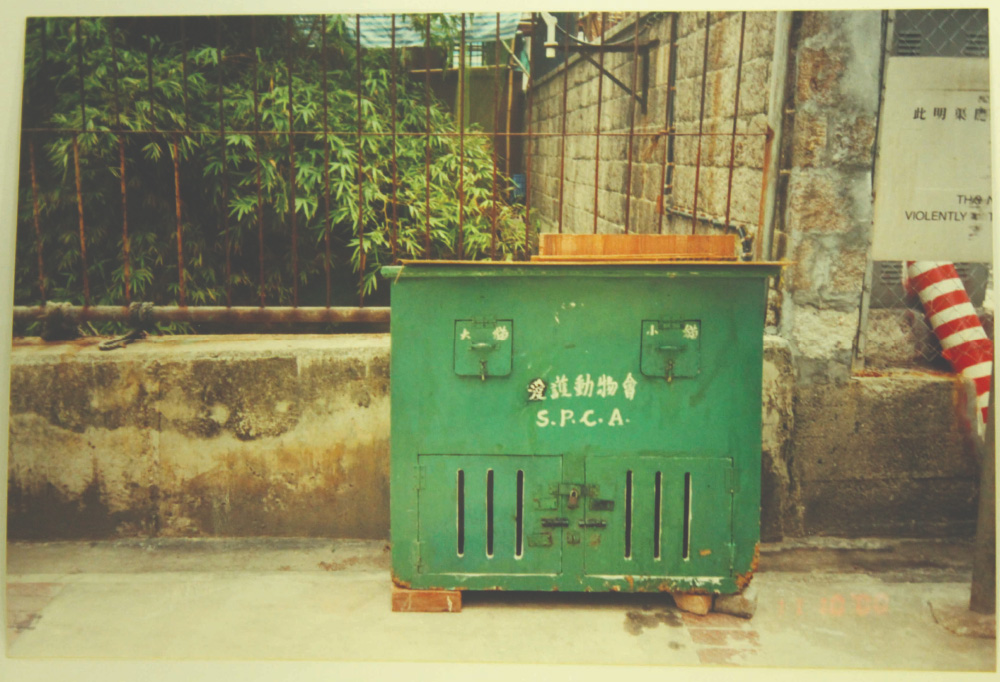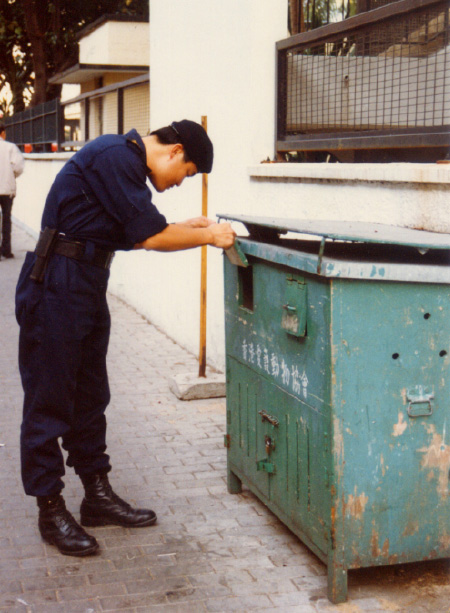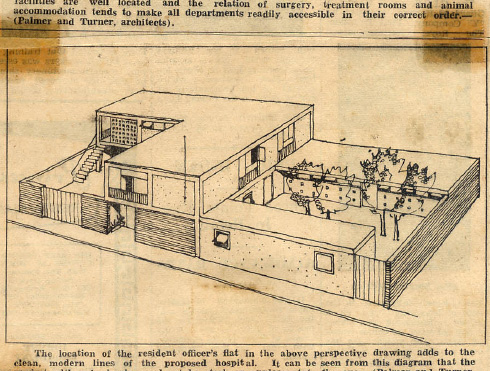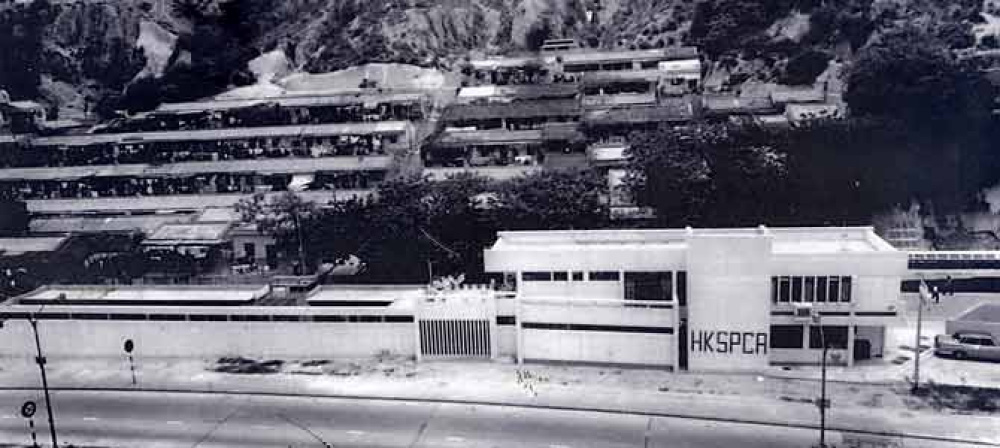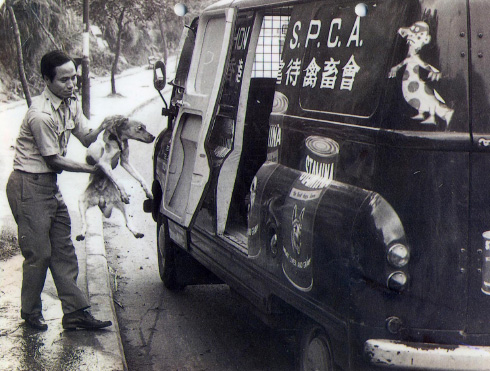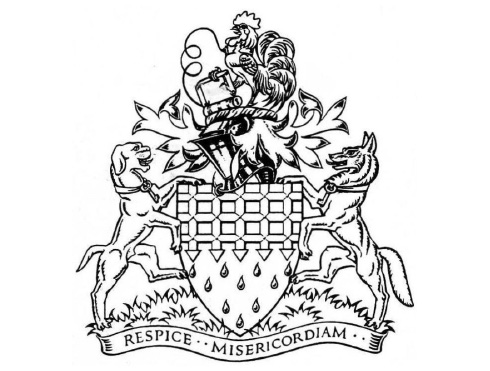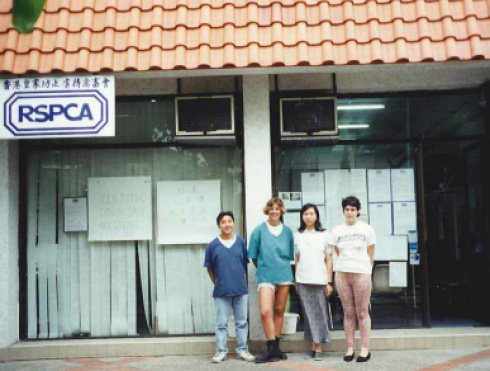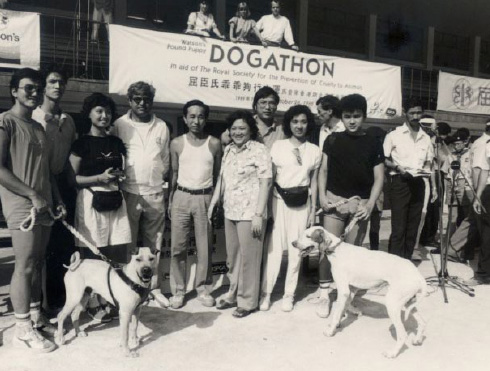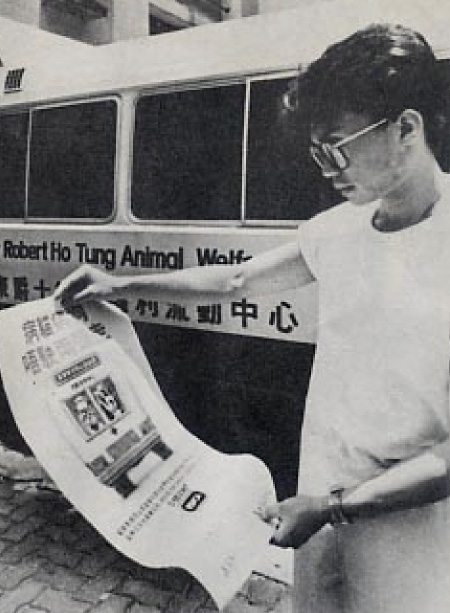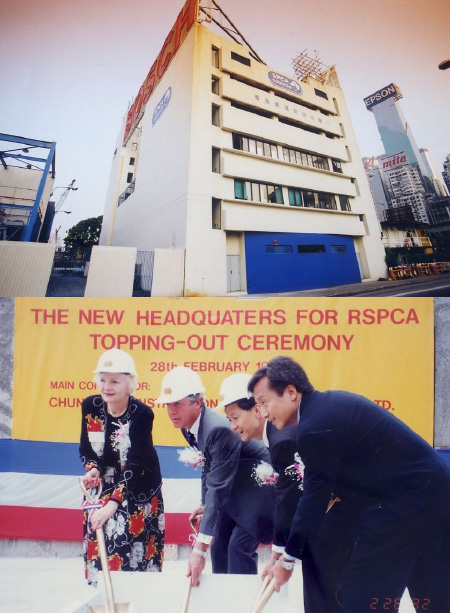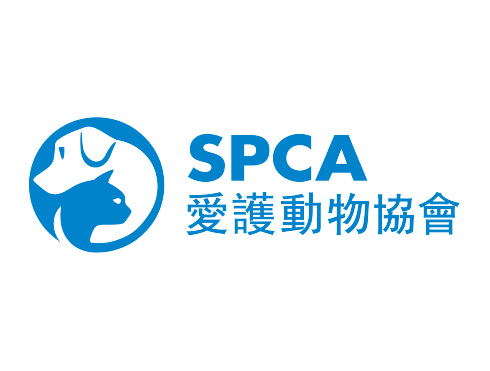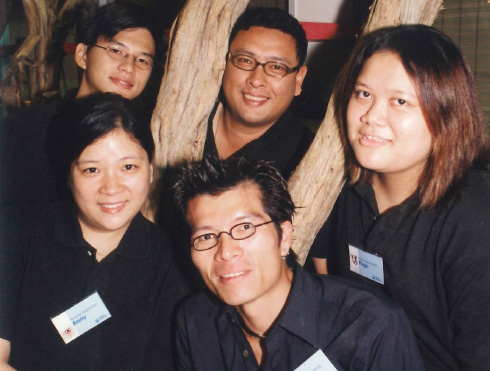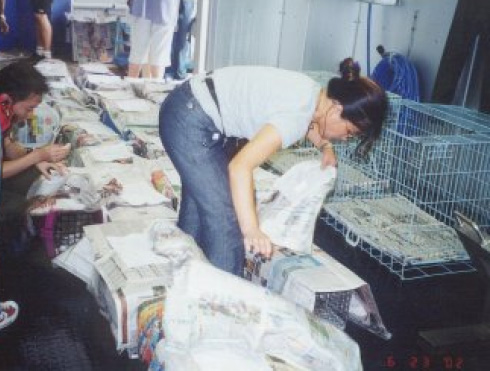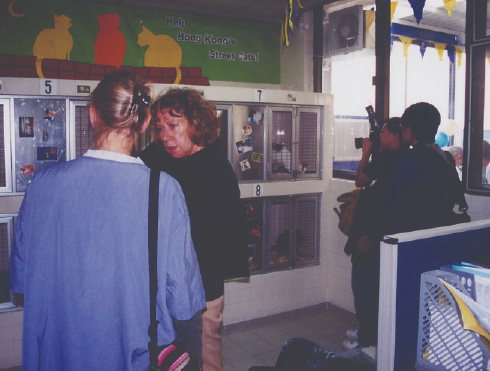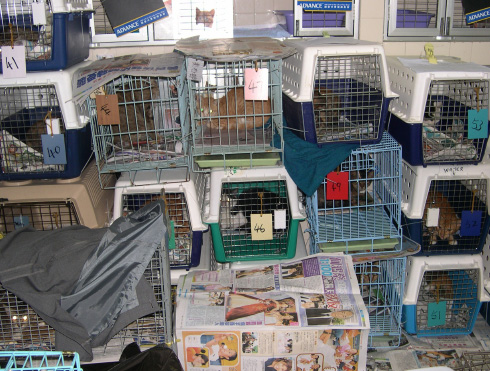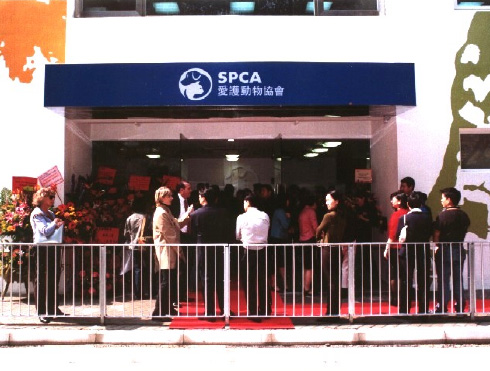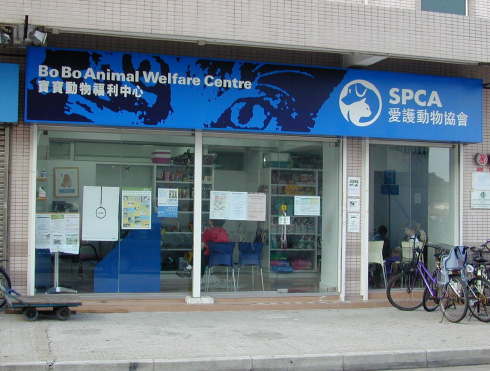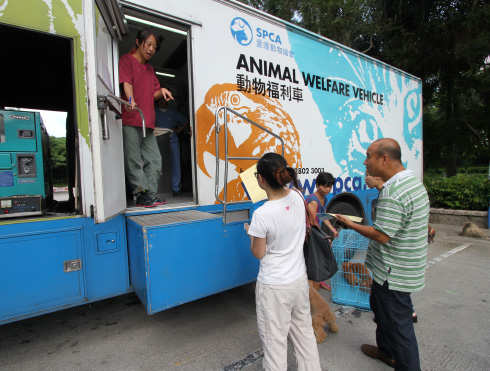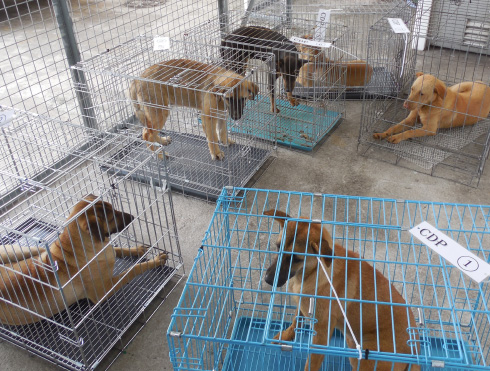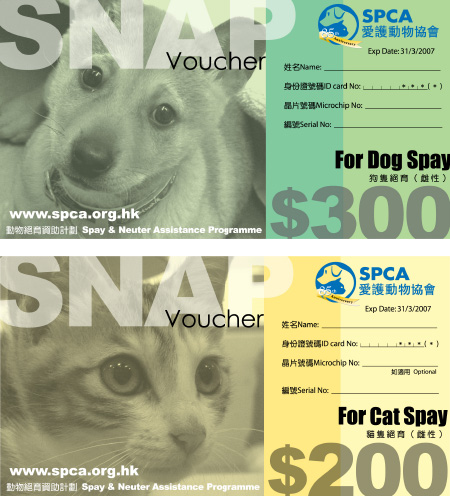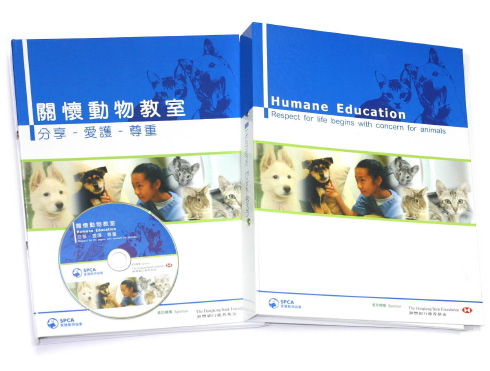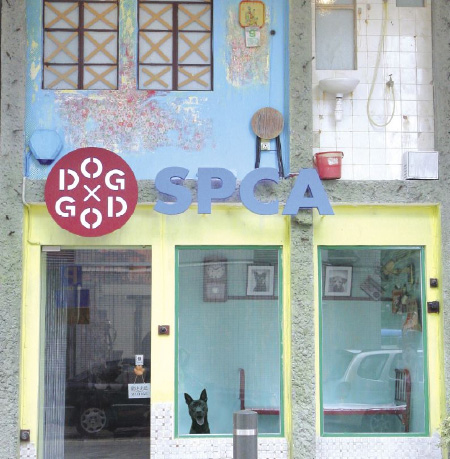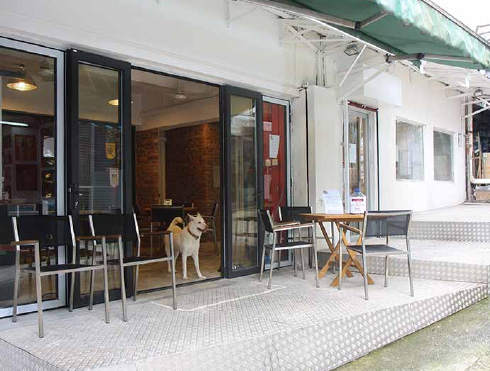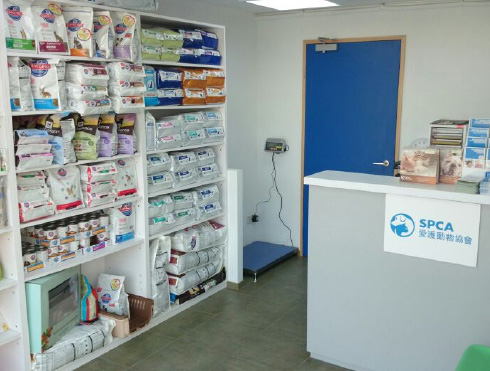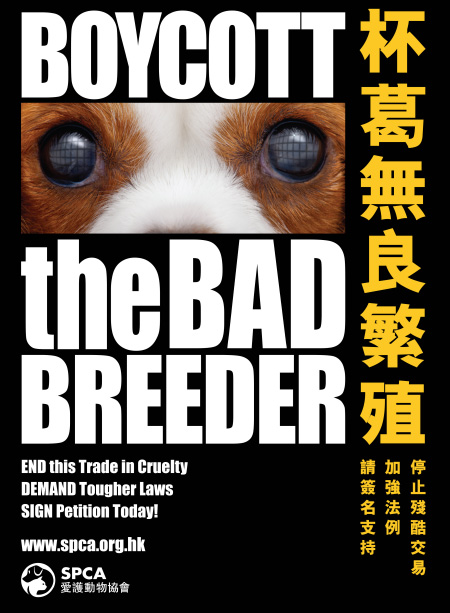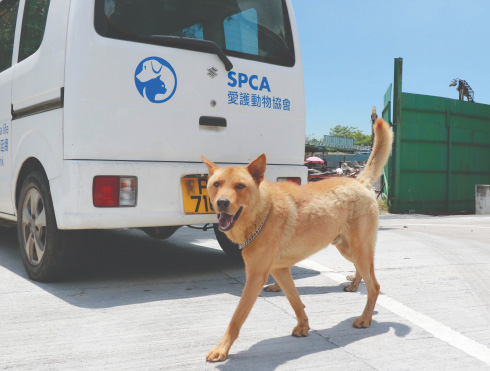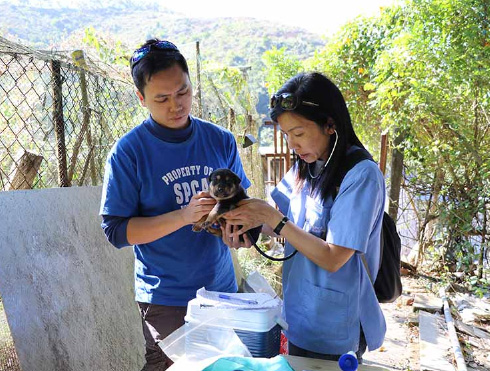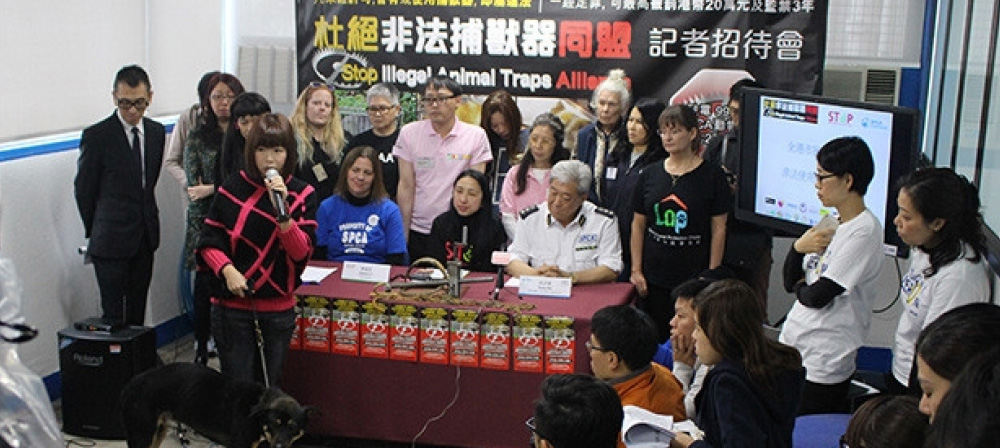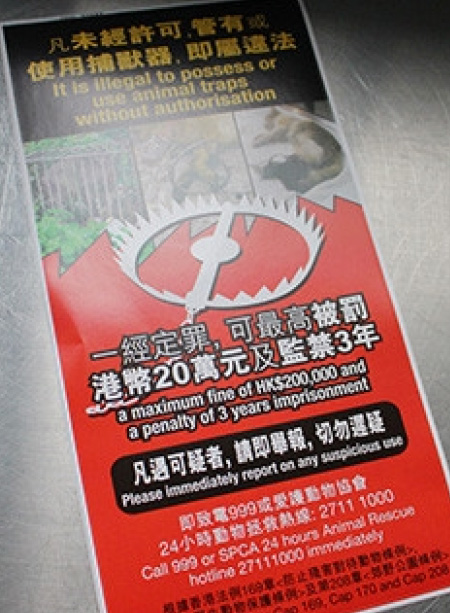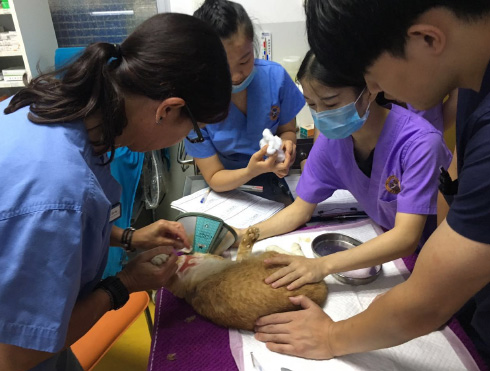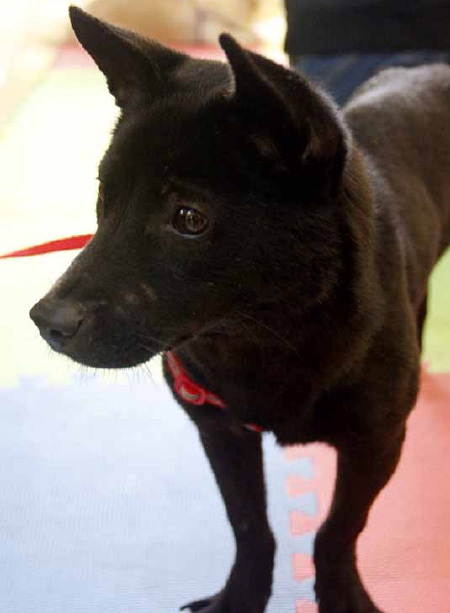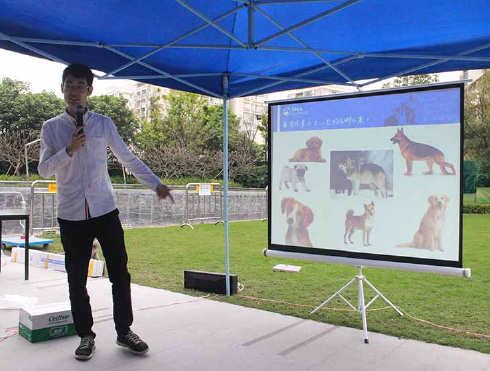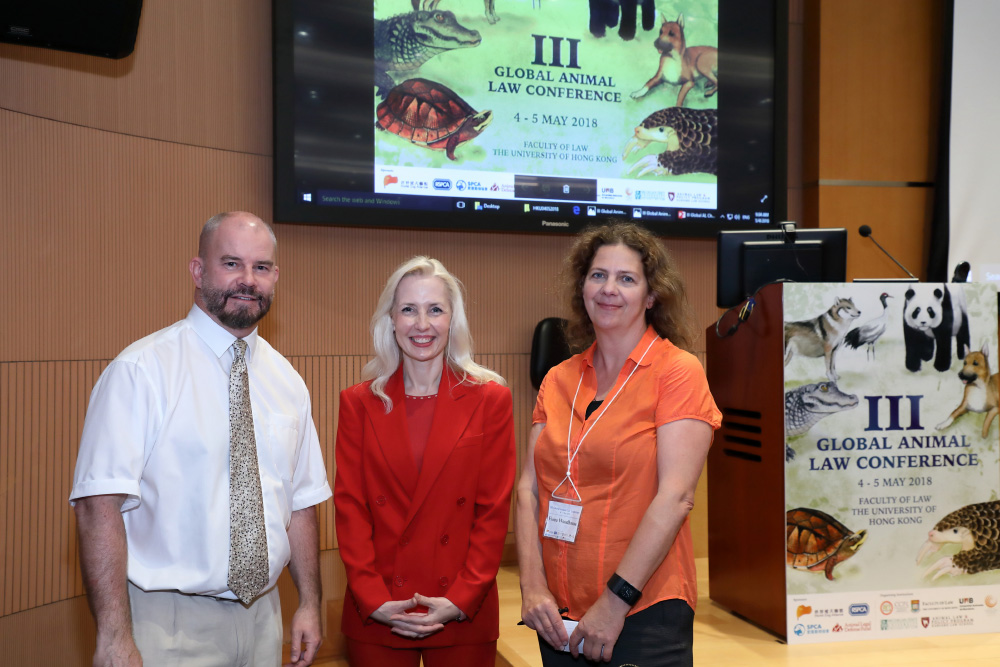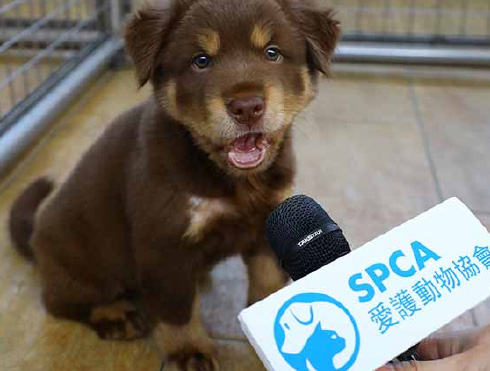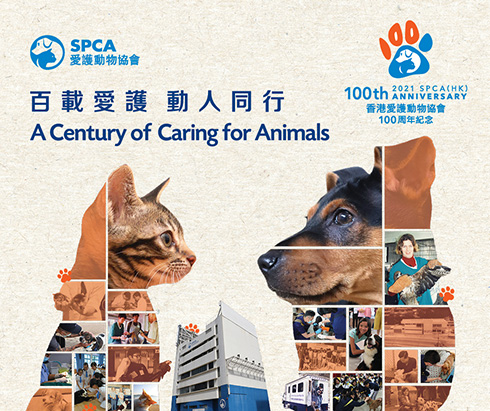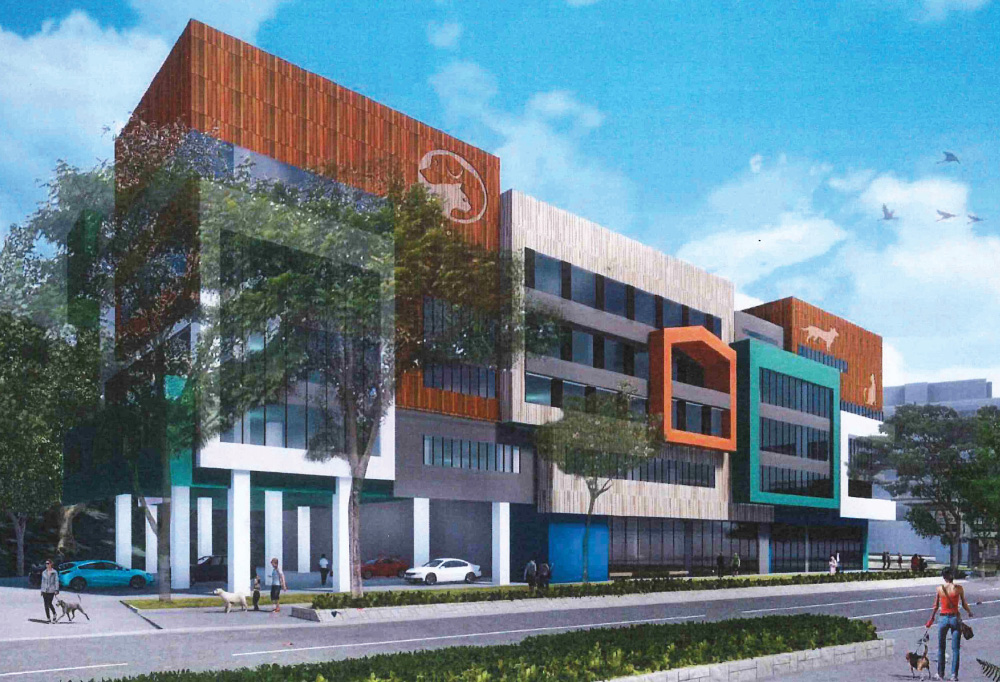
The SPCA has changed its name and logo over the years to reflect changes within the organisation, the animal welfare sphere, and in Hong Kong society at large.
We took the name “The Hongkong Society for the Prevention of Cruelty to Animals” (HKSPCA) in the very beginning for two reasons. First, our formation was inspired by the worldwide establishment of animal welfare charities under the name “Society for the Prevention of Cruelty to Animals”. Second, and more important, our primary focus is to prevent livestock for human consumption from cruel treatment during transportation and slaughter.
After our work was officially recognised by the UK’s Royal Society for the Prevention of Cruelty to Animals (RSPCA) in 1964, the HKSPCA was officially approved by the RSPCA and became known as “The Royal Society for the Prevention of Cruelty to Animals, Hong Kong” (RSPCA (HK)) in 1978. The logo was changed to match that of the RSPCA.
In 1989, to promote a more progressive and positive image in the local Chinese community, we updated our Chinese name to emphasise that our work was more than just preventing animal cruelty; it was also about improving animal welfare.
Following the return of Hong Kong to mainland China in 1997, the prefix Royal was dropped from our name. Our logo was changed to a new, blue-colour featuring a cat and a dog to represent our gradual shift to animal welfare and community outreach, as we created a sustainable approach for a better future for animals in Hong Kong.
The current logo - light blue in colour, without a frame, for a cleaner and more welcoming appeal - has been in use since 2012.
